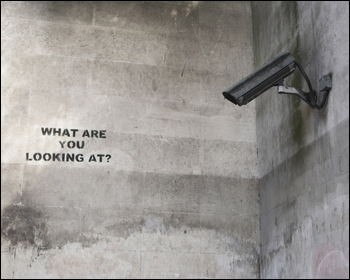Lately I’ve spent a lot of time thinking about, and explaining, the incredible marketing tool that Google is currently building. It’s a behavioral advertising model that will extend into your PC and mobile phone (and eventually radio and TV). I’m also sure that Google will utilize “peer recommendation†as a key element to behavioral advertising.
Behavioral advertising can be thought of as placing specific ads based on where a user has been or items a user has purchased. So if you were on Amazon and shopped for cookware and a recipe book, an ad to have the groceries delivered to your home (if you lived in Seattle) would appear. This is not to be confused with contextual advertising such as Google AdWords, which is essentially, “You’re here. We show you things that are related to hereâ€. (Google AdWords have recently become more compelling and yet they are still not as successful as behavioral targeting.)
Behavioral advertising will eventually lead to a more personalized online experience and is something I have hoped for, which is not to see any ads that aren’t relevant to me. In April of this year Google announced that it was offering an opt-in option for users to share their web history. (If you currently have PageRank enabled in your Google menu bar, you’re already sharing your history.) The algorithm was created by Sep Kamvar and is going to create the online backbone for Google’s behavioral advertising.
As for Google’s mobile ambition, the announcement this past week of their open-source software called Android , will allow for a better mobile Internet experience. This may also add the capability for Google to track GPS enabled phones such as the Helio Ocean to place behaviorally targeted ads based on your physical location (although GPS may not be necessary). For example, if you were using Google maps to find a sushi restaurant, the search would come back with the closest places and a coupon for at least one of the locations or a video advertisement to promote a specific restaurant. Over time if you were to search for sushi on a regular basis, the system would notify you, via your mobile, when you were near a sushi restaurant. It would also have links to which restaurants were rated the best. This type of behavioral targeting would improve over time with each search and location visited.
I then began to think of Google’s new social networking initiative known as OpenSocial. OpenSocial is a set of centralized APIs that will allow developers to create applications that work on social networks such as MySpace, Salesforce, LinkedIn, Ning, Hi5, Plaxo and Friendster. It will give developers access to a user’s profile, who their friends are and what applications they use now.
There is a lot going on at Google.
What does all of this mean to marketers? It means that we will be able to easily access behavioral data from Google on a group of users and create specific campaigns targeting even the smallest of niches; diving down to shallow end of the long tail. On top of being able to track the behavior of anyone on a PC or mobile, Google will also be able to go after behavior targeting from another angle by utilizing our peers. Social networks already depend on user reviews of products and services. This recommendation system could become mobile AND location based. For example; if one of your friends on MySpace recommended a good art gallery and you were within ½ mile radius, the system would alert you via mobile that ‘Friend A’ has recommended this gallery and then provide directions to the location. Sometimes friends know your likes and dislikes better than you do. This level of refinement for a behavioral model would increase the value of what Google is doing and is obviously applicable to the PC as well as the mobile.
The only thing that I’m, still curious about is whether ads that are specific our tastes will prove to be as annoying as regular ads. We will see.
